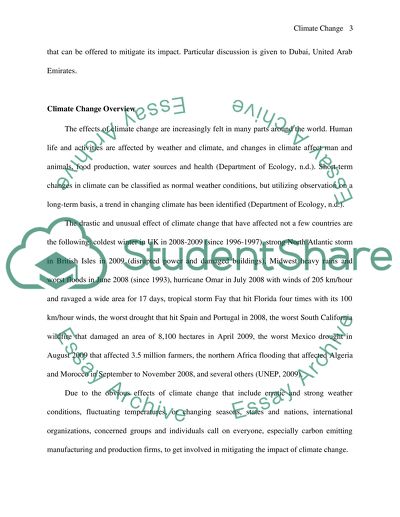Cite this document
(“Climate Change and Its Impact Essay Example | Topics and Well Written Essays - 2000 words”, n.d.)
Retrieved from https://studentshare.org/environmental-studies/1423661-climate-change-and-its-impact
Retrieved from https://studentshare.org/environmental-studies/1423661-climate-change-and-its-impact
(Climate Change and Its Impact Essay Example | Topics and Well Written Essays - 2000 Words)
https://studentshare.org/environmental-studies/1423661-climate-change-and-its-impact.
https://studentshare.org/environmental-studies/1423661-climate-change-and-its-impact.
“Climate Change and Its Impact Essay Example | Topics and Well Written Essays - 2000 Words”, n.d. https://studentshare.org/environmental-studies/1423661-climate-change-and-its-impact.


